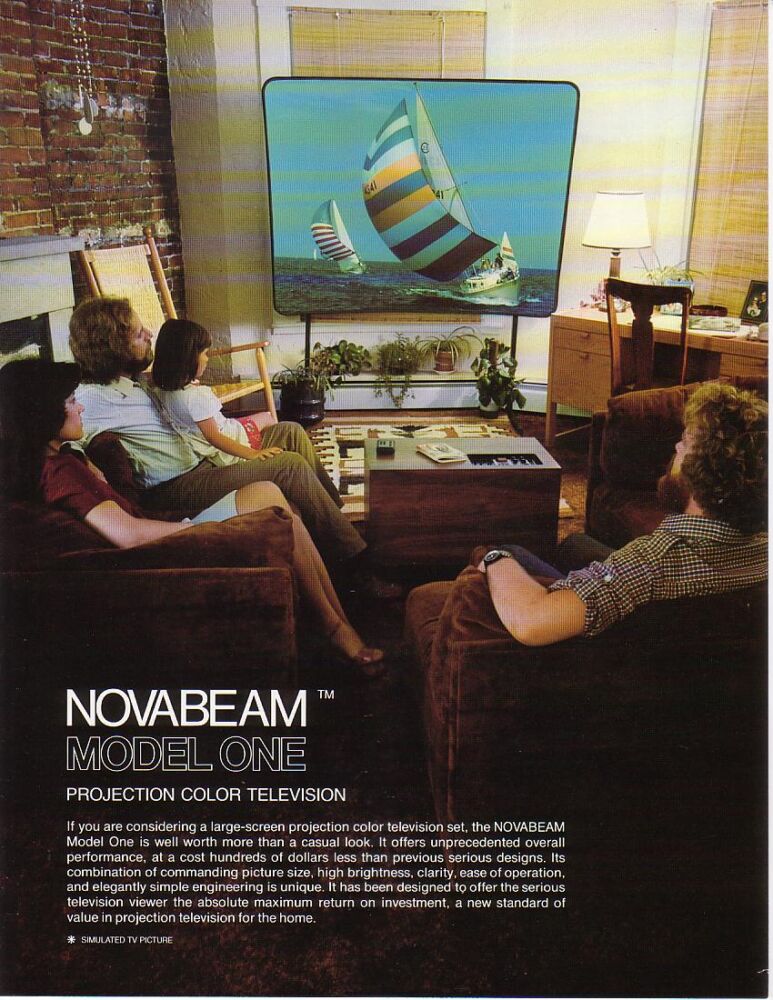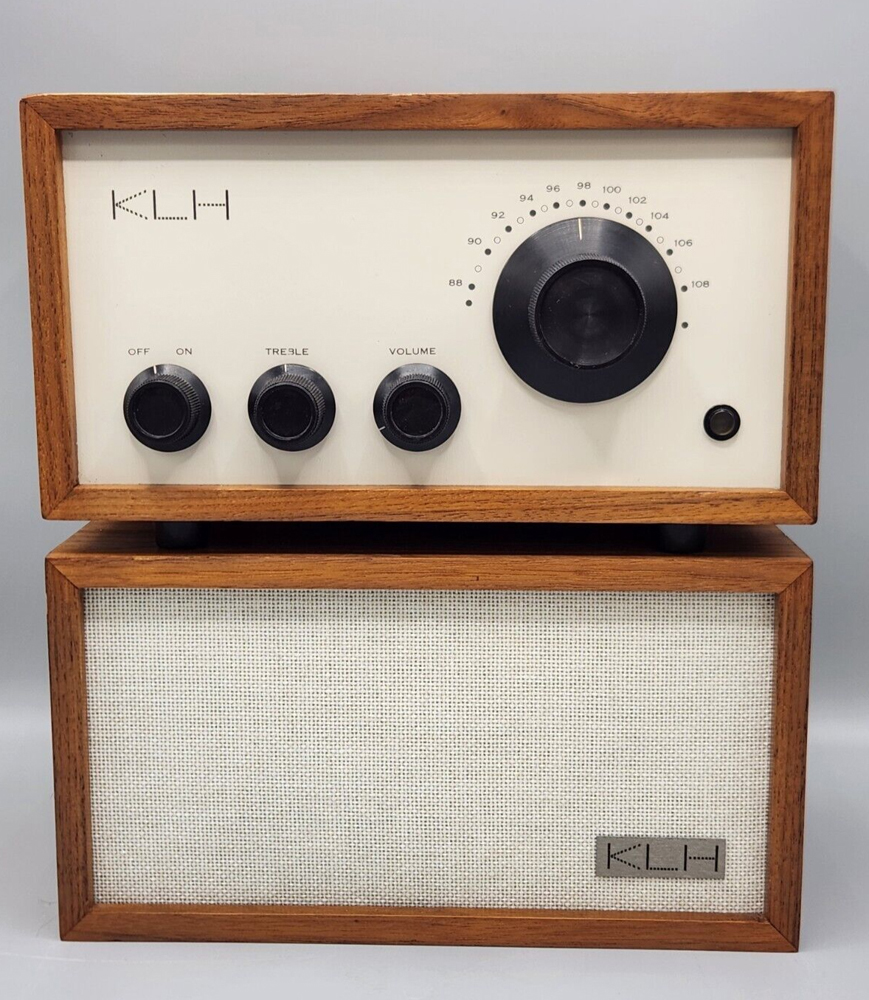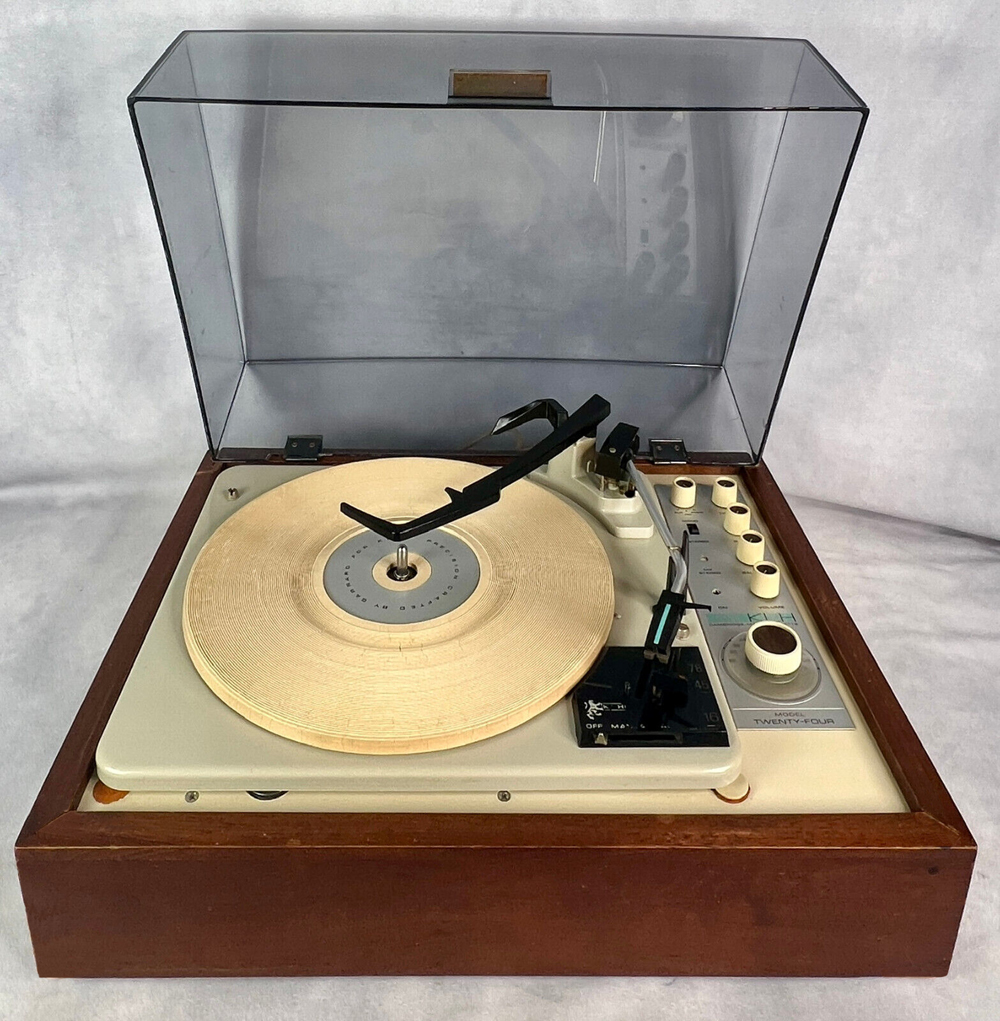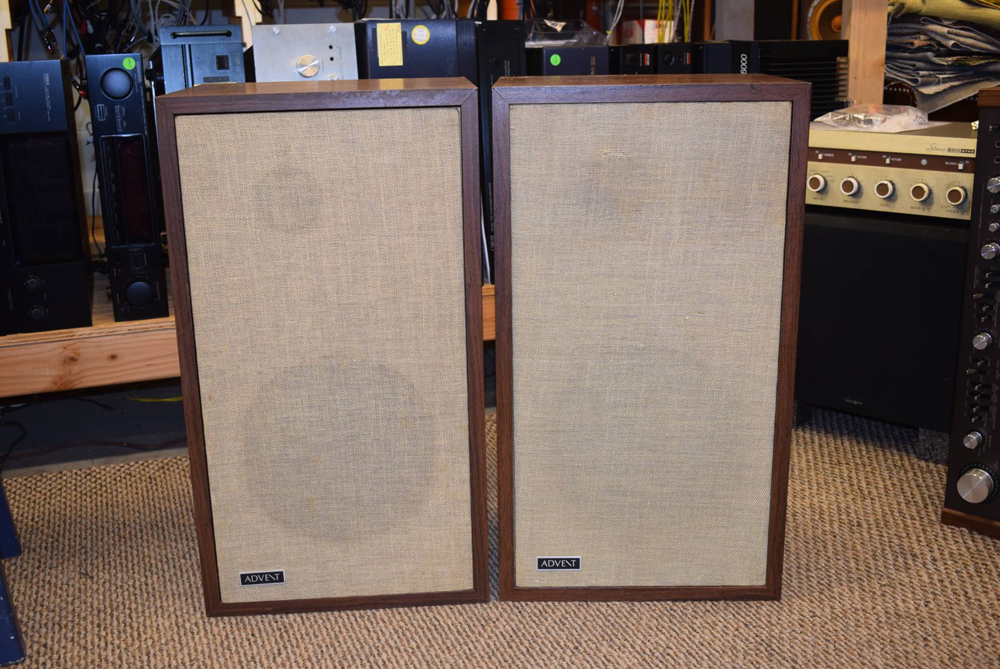Henry Kloss

Imagine you’re watching Jeopardy!, the category is “Audio Architects” – meaning famous audio-equipment inventors – and the clue for $500 is “Between 1954 and 2000, this inventor founded or co-founded six audio-equipment companies, each based in Cambridge, Massachusetts.”
The vast majority of viewers, and even champion-level contestants, wouldn’t have a clue, unable to venture even a wild guess. Some might deduce – logically, but incorrectly – that the answer is Amar Bose, based on both his notoriety and the geographical reference provided. But a sizable number of audiophiles from New England would probably hit the buzzer with the winning question as quickly as they could name the inventor of the Dolby noise-reduction system (Ray Dolby): “Who is Henry Kloss?”
Overview
With an insatiable appetite for innovation and a legacy some have understandably called “immeasurable,” Kloss was a maverick among inventors both in and outside of the audio sector. A bona fide brainiac who preferred getting his hands dirty to working in the sterility of a lab, his achievements include inventing the world’s first acoustic-suspension speaker, first full-range electrostatic speaker, first portable solid-state record player, first reel-to-reel tape recorder with Dolby noise reduction, first high-fidelity cassette deck and first large-screen color projection television for home use – all before 1972.
Kloss founded Advent Corporation and co-founded Acoustic Research, KLH, Kloss Video, Cambridge SoundWorks and Tivoli – racking up dozens of patents in the process – but the man who was known for his almost daily garb of khaki trousers and an oxford shirt with unbuttoned button-down collars and habitually rolled-up sleeves was deeply modest about his accomplishments. “Some of the particular things I’ve done could have, and should have, been done before,” he said in a 2002 interview with Sound & Vision magazine.
Early Years, MIT, Military Service
Born February 21, 1929, in Altoona, Pennsylvania (about 85 miles from Pittsburgh), Kloss was handy with tools from a young age, adding kitchen and bathroom fixtures – and even additional rooms – to the tiny cabin in which he grew up with his mother and two sisters.
In 1948, he enrolled at MIT, where in 1953, while working part-time for a building contractor, he used his woodworking skills to build casings for Baruch-Lang speakers, designed by an MIT engineering professor and his students, which Kloss sold by mail order from his Cambridge loft.
Later in 1953, Kloss was drafted into the Army, which forced him to leave MIT before finishing the necessary credits for a degree but, while stationed in New Jersey, he took a night course on high fidelity at New York University taught by Edgar Villchur, who had conceived of a radical new speaker design and became Kloss’ business partner and design collaborator for the next three years.
Acoustic Research
In 1954, Kloss’ miliary service ended and instead of returning to MIT to finish his degree, he co-founded Acoustic Research with Villchur – Kloss working out of Harvard Square and Villchur working out of Woodstock, New York – to develop and manufacture the speaker Villchur had envisioned.
Using $10,000 (~$110,000 in 2023) capital from each of two investors, Malcolm Low and J. Anton Hofmann (son of famed pianist Josef Hofmann) to cover R&D costs, the result was the AR-1, the first acoustic-suspension speaker, which produced tremendous bass despite being small enough to fit on a bookshelf. The company also made inexpensive belt-drive turntables, and some of the models remain in high demand today.
KLH Research, Ray Dolby Collaboration
In 1957, due to friction over Kloss working in Cambridge and Villchur staying in Woodstock, Kloss and his investors, Low and Hoffman, formed a new outfit, KLH Research and Development Company, based in Cambridge. Over the next five years, Kloss designed the company’s Model Five, Model Six and Model Nine floor-standing speakers, the Nine being the world’s first full-range electrostatic speaker when it was introduced in 1960. He also developed one of the first FM table radios (the Model Eight), the design of which was so revolutionary that Kloss used it as the basis for others he designed for Tivoli Audio over 40 years later.
In 1962, Kloss worked with Dolby Laboratories founder Ray Dolby to develop the Dolby B noise reduction system that reduces tape hiss, resulting in the KLH Model Forty reel-to-reel tape recorder, marking the first appearance of Dolby technology in the consumer-audio market.
In 1964, Singer Corporation acquired KLH but Kloss remained at the firm for two years, mostly developing speaker systems. During that time, he also designed the first portable solid-state record player (Model Eleven). In 1982, Japanese conglomerate Kyocera acquired KLH from Singer, then sold it to Wald Sound of Los Angeles in 1989 before Wald sold it to Indiana-based Kelley Global Brands, which renamed it KLH Audio in 2017.
Advent Corporation
In 1967, Kloss founded Cambridge-based Advent Corporation, which became the first manufacturer of consumer projection television systems. He began developing a low-cost projection TV while at KLH but was unable to secure financing for such a cutting-edge idea; to fund the project, his first creation at Advent was a high-performance, low-cost speaker called simply The Advent Loudspeaker (renamed The Larger Advent Loudspeaker when The Smaller Advent Loudspeaker hit the market).
Its sound was on par with a speaker Kloss had designed years before that was still on the market and very popular, Acoustic Research’s Model 3a, but The Advent Loudspeaker offered one major advantage: its retail price was 50% less than the 3a’s. The company went on to produce a wide range of other speakers including The New Advent Loudspeaker.
In 1971, Advent launched its high-fidelity cassette deck, the 201 – the first ever to incorporate Dolby B noise recording for recording and playback – which Positive Feedback magazine, in a 2004 feature story, called the “The Little Cassette Deck That Changed the World.” In 1972, Advent introduced its VideoBeam 1000 large-screen color projection television for home use, the first system of its kind.
Kloss Video Corporation, Jensen Electronics Merger
In 1977, Kloss founded Kloss Video Corporation (KVC) and invented the Novatron tube, which mirrored optics to increase the efficiency and performance of projection TVs, and KVC introduced the NovaBeam Model One projection color television (followed in later years by the Model One-A and Model Two). In 1979, the company moved its offices from Cambridge to New Hampshire.
In March 1981, Advent declared bankruptcy – a shocker to most audiophiles – and eventually merged with Jensen Electronics, which Audiovox acquired in 2004. In 1990, after years struggling to overcome ever-intensifying competition from several Japanese companies, KVC sold its assets and dissolved.
Cambridge SoundWorks, Emmy Award, Tivoli Audio, “Bose Killers”
In 1988, Kloss co-founded Cambridge SoundWorks with Tom DeVesto, designing roughly three dozen products – most of which were commercially successful – over the next eight years, primarily speakers and table radios.
At first, all products were sold through a catalog, but in the early ‘90s the company moved into online sales, making it the first hi-fi company to do so, according to DeVesto. After opening 30 Cambridge SoundWorks retail outlets across New England and in San Francisco, the company was acquired by Creative Labs in 1997, the same year Kloss won an Emmy Award in the new category of “Outstanding Achievement in Technological Advancement – Pioneering Development of 3-CRT Video Projectors.”
In 2000, Kloss and DeVesto founded Tivoli Audio in Cambridge, where Kloss designed the Model One (mono) and Model Two (stereo) table radios, the tuner quality of which had some reviewers calling them “Bose killers” in reference to the Wave radio Bose introduced in 1993. Within the small wooden cabinet that housed the outwardly simple devices was the same advanced circuitry used in high-end mobile phones and several audio magazines commented that the Model One and Model Two sounded as rich as competitors priced even three times higher.
Death, Legacy, David Kloss’s Reflections
On January 31, 2002, Kloss died of a subdural hematoma, three weeks before his 73rd birthday. Two years earlier, he was one of the first 50 people inducted into the Consumer Electronics Hall of Fame, along with Nikola Tesla, Alexander Graham Bell, Ray Dolby and Sony founder Akio Morita. The New York Times published an obituary calling him “a tinkerer at heart,” noting that Kloss’s offices were “cluttered with equipment and circuit boards” and that audiophiles “idolized him.”
At times, such fan worship made Kloss’ family uncomfortable, his son David said in the NYT obituary, adding that Kloss himself seemed to take the adoration in stride. Strangers “would drop by the house because they bought a [KLH] Model 21 [radio] 25 years ago,” he said, adding that his father often did whatever he could to help. “[They’d say,] ‘I need a knob for my Model 7,’ decades after the last one had been manufactured,” he said, “[and my father would say,] ‘Hang on!’ and he’d go down to the basement and bang around. He’d come back up and say, ‘I’ve got one from a Model 21. It’s a little different, but would that be okay?’”
”His real big thing was not to make money, ever,” the younger Kloss continued, noting that his father had only two main objectives in life: “to pay the bills and get great stereos to the masses.” Ironically, some of his earliest inventions, particularly products from the Acoustic Research and KLH years, have become collectors items, with people restoring and selling them for big bucks on eBay and other platforms. There’s also a vibrant trade for vintage parts.
(by D.S. Monahan)
















